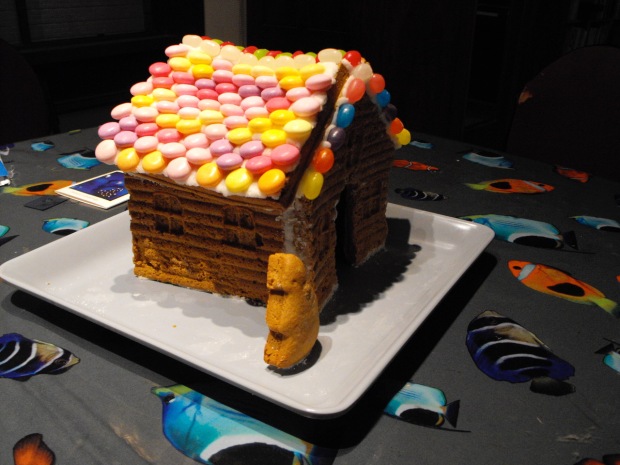 We’ve all had the experience. The realisation that you cannot do something that has been asked of you, or that you expect of yourself. You may not play the piano, but the experience is a universal one. Any new challenge might be accompanied by these feelings. You don’t need to be a child either, it’s just that children’s lives are primarily concerned with learning.
We’ve all had the experience. The realisation that you cannot do something that has been asked of you, or that you expect of yourself. You may not play the piano, but the experience is a universal one. Any new challenge might be accompanied by these feelings. You don’t need to be a child either, it’s just that children’s lives are primarily concerned with learning.
Something else that’s almost universal about it: we do not like it at all. We each greet these unwelcome challenges in different ways. It is often accompanied with feelings of disappointment, frustration or failure, sometimes tears. I used to get very angry, I’d cry at times, perhaps bang the piano keys (I broke my piano once, but that’s a story for another time).
But there’s another side to this, buried unrecognised in the throes of my latest tantrum. To say “I can’t do this” is actually a statement of reality. Here is a thing you know you cannot do. It is important to know where you begin. The next important step is understanding that today’s inability says nothing about tomorrow: “I can’t do this … Yet.”
Several years ago, I read the following, although I can’t remember who wrote it: “There is no such thing as a difficult piece [of music]. It is either impossible or it is easy. The means by which it moves from one category to the next is practice.”
How will I conquer this new challenge?
There are all the usual techniques: separate hands practice, slow practice, memorising the passage, playing with eyes closed. These are good places to begin.
Take one step at a time. Some pieces might have a number of difficult passages. Choose one and focus your attention and efforts on that.
Identify the problem: what makes it so difficult? Be specific as possible. It might be a run of quick notes, a single chord change, an unusual rhythm pattern, coordinating the hands, a series of leaps. You will approach each in subtly different ways, and understanding the nature of the challenge will help you decide upon the best course of action.
Once that’s done, put it in context. As a young pianist, I’d focus on a particular issue and conquer it, only to have the bars either side of it fall apart instead. From this, I learned that I needed to slightly expand my practice – maybe one bar either side – so that I could move smoothly from the music I knew well, to the challenge itself and out the other side again. Typically that doesn’t take so long, but its an important part of the process.
Ask for help. Teachers exist to help their students do what was previously impossible for them, and to help them do it well. It’s what I’m here for.
So much for the techniques of practice, how about the emotional side? How can you keep from getting discouraged?
Walk away, or look at something else, then come back to it tomorrow. Understand that you’re not going to conquer anything in one sitting or on one day. It’s not because your stupid, it’s just the way the human mind works. Frequent repetition consolidates learning and new skills.
Remember past victories. You’ve been here before: true, not this exact problem, but you’ve met others and you’ve won! You can do it again. That can be difficult for a child to do, so it can be Mum & Dad’s job. Keep a note of your child’s accomplishments, especially the ones he really had to work for, and remind him of those times. Write them down if you need to.
Be ready to surprise yourself. I’ve played for ballet exams since 2003. This has involved learning a lot of music. I mean A LOT! In the first year I learned six grades worth of music in only a few months. About eight years ago the Royal Academy of Dance began issuing new syllabuses: more music to learn! Occasionally, I’ve been asked to play a new grade I haven’t seen before with only four to six weeks notice. Usually I look at the new work, and sigh with the enormity of it – “I’ll never do it!” But then I remember that I’ve done it before, and no doubt I will surprise myself again. No, I’m not unusually gifted, there are many pianists more skilled than me. I love playing the piano, and these challenges give me a reason to practise, that’s all. It’s simply a matter of committing the time required to gain the victories.
“You need to aim beyond what you are capable of. You must develop a complete disregard for where your abilities end. Try to do things that you’re incapable of… If you think you’re incapable of running a company, make that your aim… Make your vision of where you want to be a reality. Nothing is impossible.” (Paul Arden)